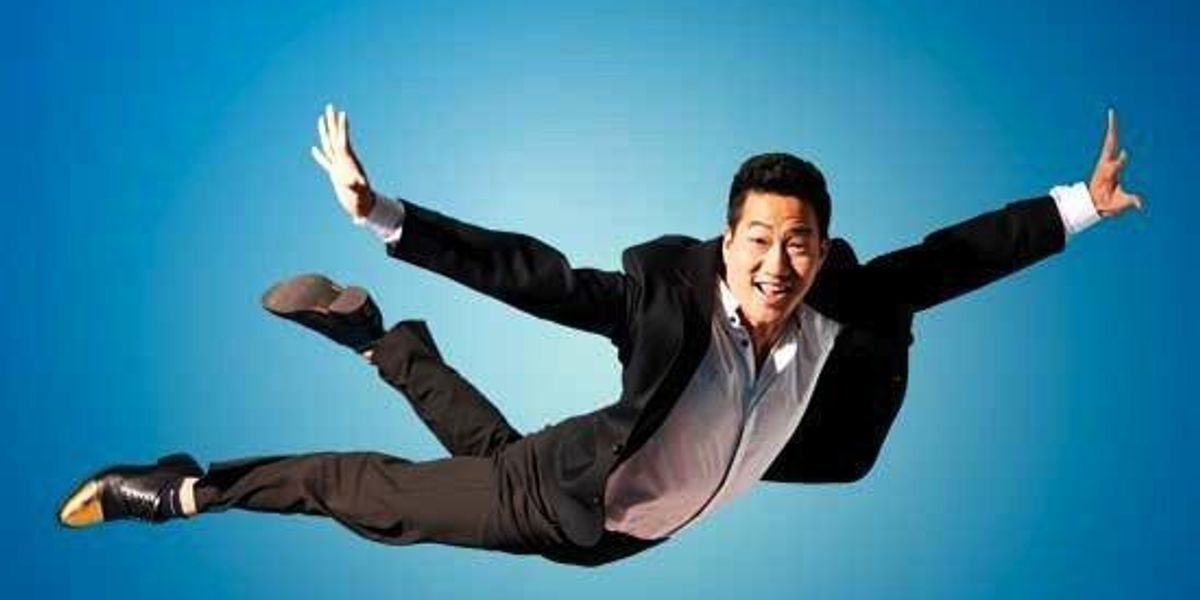Limitless: Alex Wong's Career Has Taken Him Everywhere
Five years ago, Alex Wong had the kind of career most ballet dancers only dream of: Under the wing of Miami City Ballet founding artistic director Edward Villella, the 23-year-old had already been promoted to principal soloist, was acclaimed for his powerful sky-high jetés and effortless pirouettes, and had recently been named one of Dance Magazine‘s “25 to Watch.” But instead of signing another yearlong contract with MCB, he decided to audition for “So You Think You Can Dance.”
“I had done most of the repertory I wanted to do at MCB, so it seemed like the opportune moment to take a leap of faith,” says Wong. During a stint on an earlier “SYTYCD” season, his MCB contract had prevented him from moving onto the live shows. Now, there was nothing in his way of becoming “America’s Favorite Dancer”—and no place to go if things fell apart.
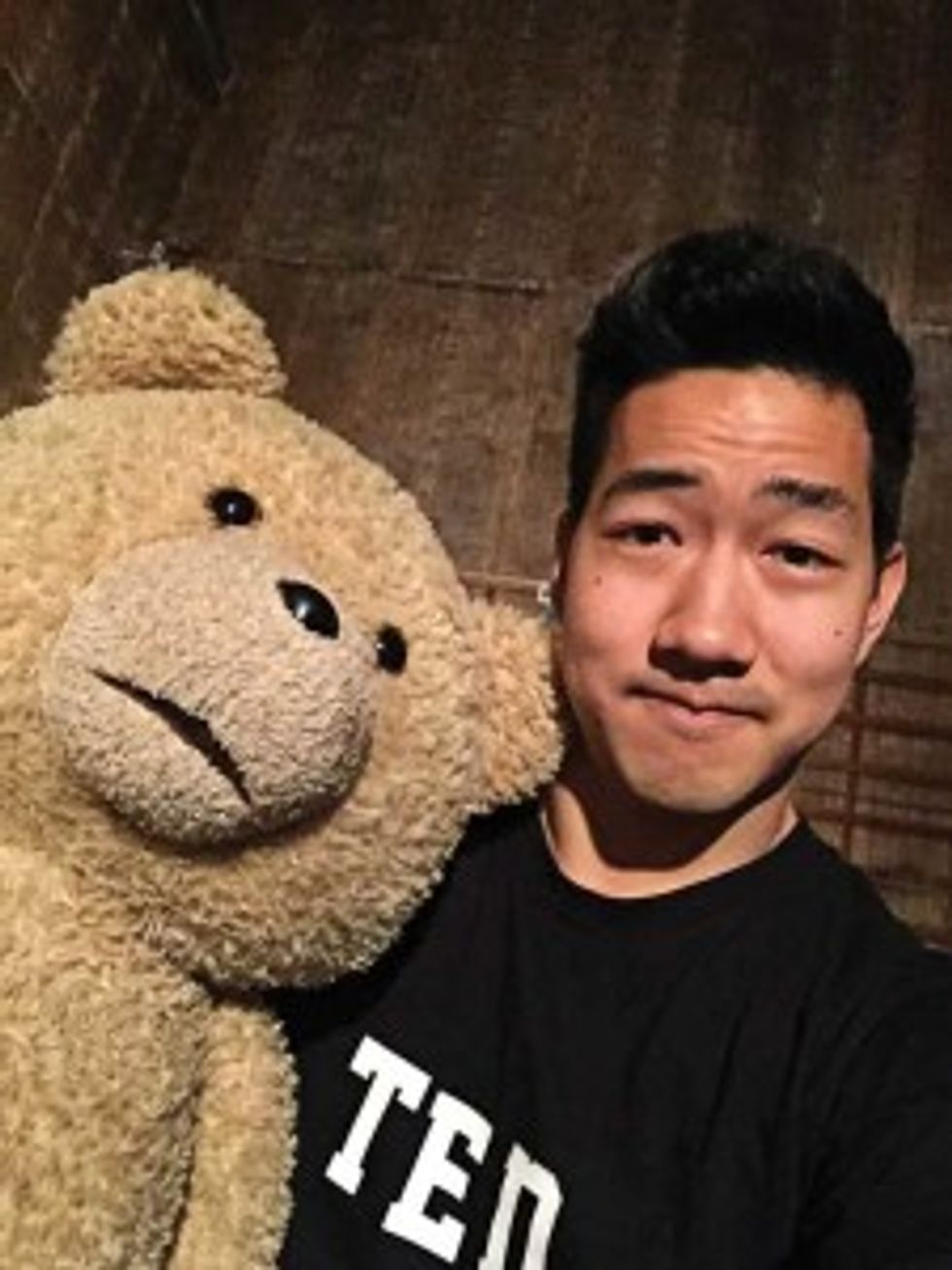
At first, it seemed like the gamble would pay off. His explosive virtuosity blew the judges away, and he advanced to the Top 10. Then, while landing a split jump in second during a Bollywood rehearsal, Wong snapped his right Achilles tendon. He was out for the rest of the show and the tour that followed. But what could have been a major setback was only a blip on his way to a triple-threat career. With his can-do resilience, Wong now juggles a never-ending string of dance jobs that range from classical to commercial to Broadway. He’s strategically marketed himself to create a kind of freedom that lets him slip between genres, going after any gig that excites him.
Behind the scenes: Playing with Ted on set. Photo courtesy Wong
Wong didn’t initially intend to go the ballet route when he started dancing. Growing up in Vancouver, Canada, he trained in jazz, tap and musical theater, and dreamed of dancing on Broadway or television. “As I got older, those dreams kind of fizzled away, since it didn’t feel realistic for an Asian to be cast in commercial jobs,” says Wong, whose parents emigrated from Hong Kong. “I never saw anyone who looked like me doing the things I hoped to accomplish.”
Wong added ballet classes at the Goh Ballet Academy to get a leg up at competitions, and ended up falling in love with the style’s artistry and quest for technical perfection. He also noticed that there were more Asian dancers in ballet companies. “I made the conscious decision at about 15 to focus on ballet, join a company and hopefully have a stable career,” he says.
In 2004, Wong became the first Canadian to win Prix de Lausanne, which led to a yearlong contract with American Ballet Theatre’s studio company. He danced with the main company during its Met season, but the timing didn’t work out to join long-term, as ABT had recently hired several shorter male dancers. Instead, Wong found a home at MCB, where he quickly turned heads. Only a few months after joining, he stepped up to replace an injured dancer in the lead of Raymonda Variations. He was soon promoted to soloist, then principal soloist, dancing lead roles in Balanchine classics like “Rubies,” Symphony in Three Movements and Tarantella.
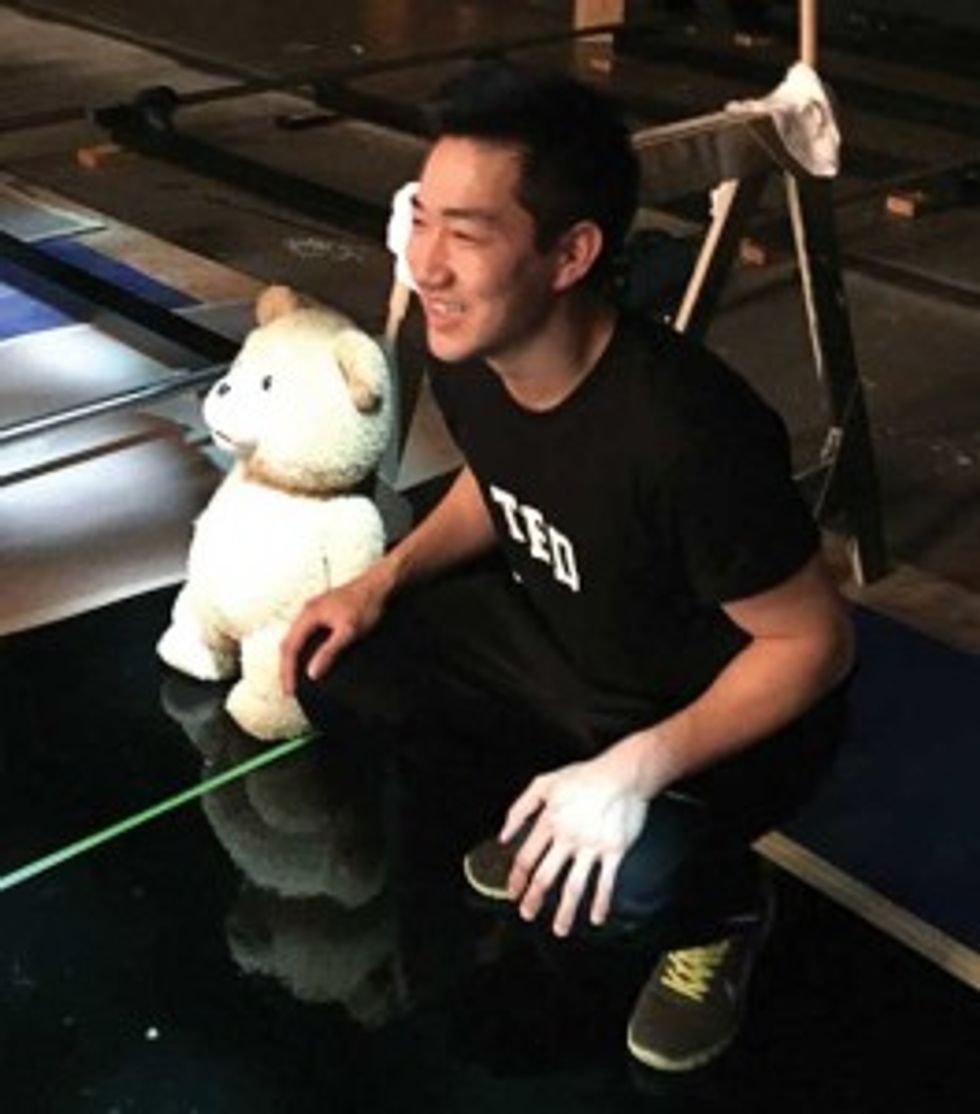
His experience on “SYTYCD,” where both a hip-hop and a contemporary routine he danced in won Emmy awards, opened the doors to a career in commercial dance. “He broke the classical mold and showed just what can be done,” says “SYTYCD” co-executive producer Jeff Thacker. For his part, Wong doesn’t believe he could have made the transition without the show: “I had a great ballet career, but nobody had seen me do anything else.”
Watching from behind the camera. Photo courtesy Wong
During his year off to heal his Achilles, Wong signed with Bloc talent agency and booked several print and commercial jobs. As soon as he could dance again, he was performing in the ensemble of NBC’s “Smash,” on “The Ellen DeGeneres Show” and with LMFAO on “The Voice.” “Originally my plan was to return to a ballet company after ‘SYTYCD,’ but after being offered these other projects, I saw how many forms of dance I could do,” he says. “I didn’t want to do just one thing anymore.”
Exactly one year and three days after his injury, Wong was auditioning for Step Up Revolution when, during a freestyle, he went for a few of those split leaps in second, and snapped his Achilles tendon again, this time on his left leg. Wong knew immediately what had happened. “But I still wanted to book the movie,” he says. “I finished my freestyle on one leg, and then drove to the hospital.”
Within weeks of the surgery, he was teaching class on crutches. To expand his marketable skill set, he developed his singing voice, even making it to the semifinals on “American Idol” and releasing a single to iTunes. It came in handy: Once healed, he made his Broadway debut as Sniper in Newsies. “That was one of the most incredible experiences I’ve ever had,” he says. “I’m not even mad that I snapped my Achilles, because otherwise I might not have been in Newsies. Although, I do stay away from consecutive jumps in second now.”
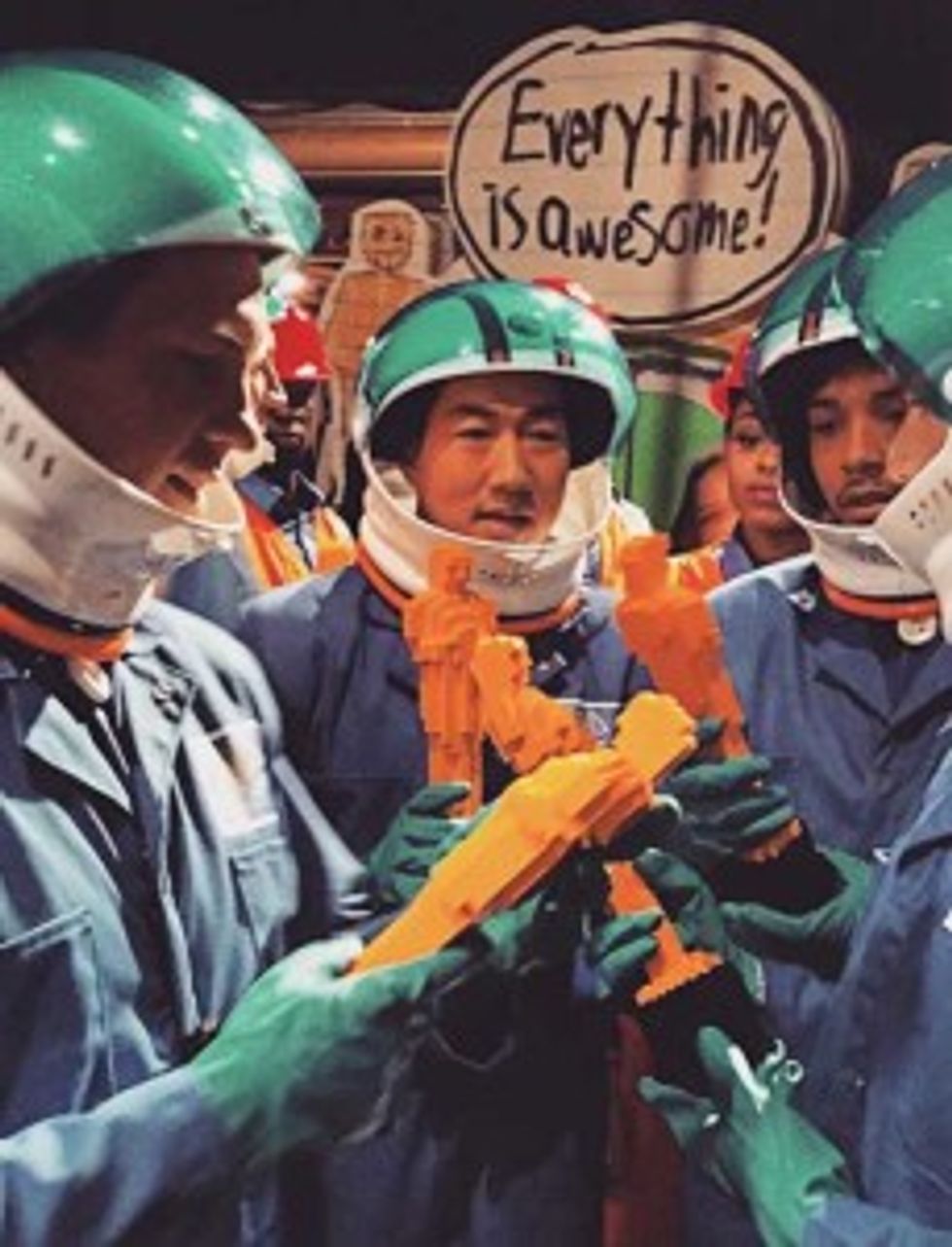
Now 28, Wong has since been back to “SYTYCD” as an All-Star, starred in the Microsoft “Surface” commercial, danced in Pharrell Williams’ “Happy” music video, at the Oscars, in Peter Pan Live! and on episodes of “Glee,” “Dancing with the Stars,” “Unbreakable Kimmy Schmidt” and “Comedy Bang! Bang!” among many other projects.
Recently, Wong spent four months playing Kim on “Flesh and Bone,” a ballet-centered TV series that premieres this November on STARZ. The show was choreographed by Wong’s longtime idol, Ethan Stiefel. “Alex has an explosive technique, a fearless attitude and an engaging performance persona,” says Stiefel. “He’s really entering his prime.”
Backstage at the Oscars before the “Everything Is Awesome” Lego Movie dance. Photo from @theacademy Instagram
To Wong, the project felt like coming full circle. “I got to go back to my ballet roots, which I was starting to miss,” Wong says. “It felt like having the structure and consistency of a company again.”
Yet the energy of the commercial world has him hooked for the foreseeable future. “I like adventure too much,” he says. “Being in the classical world was like eating a truffle burger—it’s always good, high quality. But in the commercial world, some days I get a bacon burger, others an avocado burger, and suddenly—surprise!—a curry burger.”
Wong’s lifestyle now, split between Los Angeles and New York City, is drastically different from the consistency he left behind. “My ballet schedule was like clockwork, but now, there’s no planning ahead,” he says. Without a daily company class, he has had to switch up his training routine, fitting in classes when he can (still usually ballet), and also adding weight lifting to bulk up for a more muscular, commercial look.
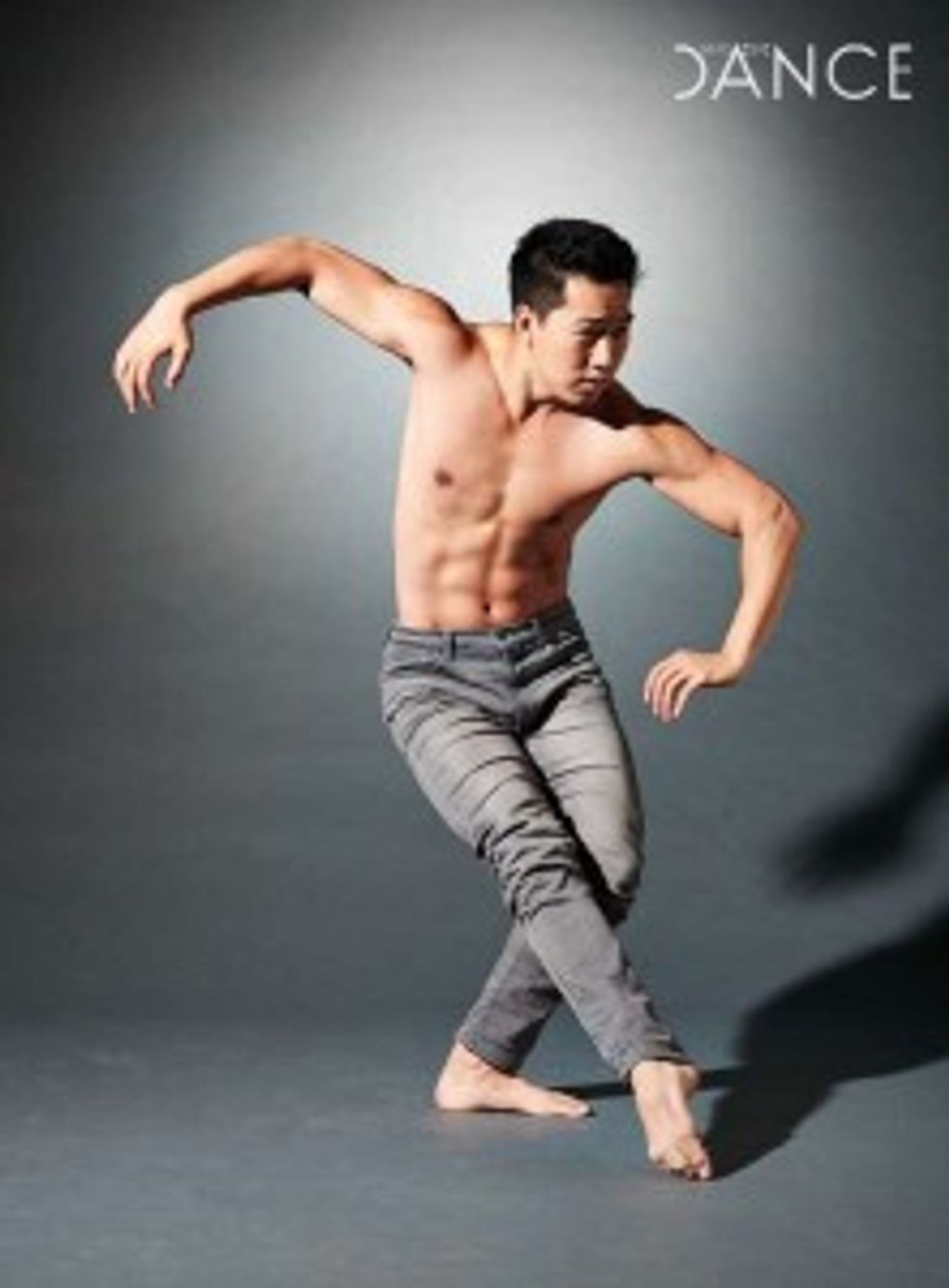
A big perk of all the juggling is the pay that comes along with it. Wong estimates that his current income, which includes residuals for TV and film work, is five times what he was making as a ballet dancer. “Plus, I have the film or TV episode to watch over and over again,” he says.
This summer, Wong’s back on “SYTYCD” as an All-Star, and he’s the man behind the moves in Ted 2, doing motion-capture work for the title character in an over 100-person dance scene. “The coolest part was that I got to work closely behind the scenes in terms of camera direction,” Wong says. “Since Ted isn’t real, only I knew where he was during the dance sequence, so I’d work with the camera operator to tell him where to go. The final shot will have come through my hands.”
Wong says that if anything, he feels his ethnicity has become a plus when booking jobs. “I think it’s given me a chance to stand out, since most directors now want at least a few ethnic people in each cast,” he says. The risk-taking mentality he’s developed means there’s no longer any room in his career for holding back: “I’m trying to keep as many doors open as I can.”
Rachel Zar is a writer based in Chicago.
Above: Photo by Nathan Sayers
